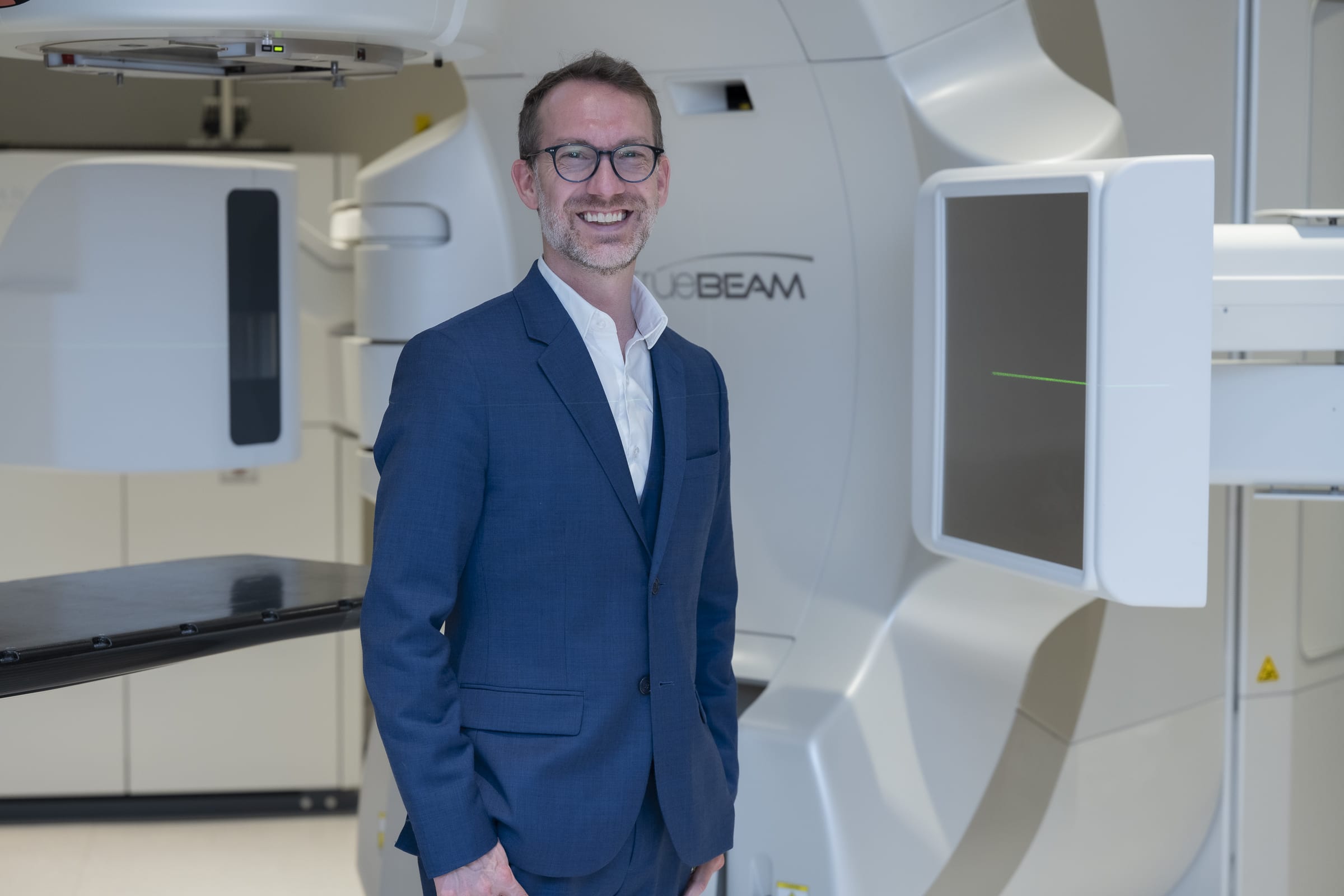I still remember when the Ovarian Cancer Research (OvCaRe) program was born. Dr. Dianne Miller, the head of our Gynecologic Tumour Group at the BC Cancer Agency, had called a meeting for anyone in Vancouver who was interested in studying ovarian cancer. We met at a Chinese restaurant, and after dinner, Dianne declared that she was so tired of seeing women dying of this cancer and felt that if we work together we could really do something about it.
I remember looking around the table and realizing I was surrounded by people that I admired professionally and saw no reason why we should not only work together but also form a coherent team.
After dinner, I met with Dianne, and we started a business plan for an ovarian cancer research team. This multidisciplinary team would include everyone from researchers to pathologists, geneticists, epidemiologists, gynecologic surgeons, and span multiple institutions — this part was essential. The BC Cancer Agency has the greatest archive of clinical ovarian cancer data in North America, and the Vancouver General Hospital, where most surgical procedures take place, has the largest archive of tumour material. We realized that if we built a team that combined both institutions, we would be able to make unique contributions to our understanding of ovarian cancer.
With help from Dr. Blake Gilks and Dr. Ken Swenerton, Dianne and I continued to work feverishly on the business plan for months. Looking back now, we realize how overly modest our expectations for success were. We had no idea how powerful and effective a team-oriented approach to a complex problem could be.
The program quickly became known as OvCaRe, and we set up some core resources like our tumour bank of archives, and the Cheryl Brown Outcome Unit, where they obtain tumour samples from willing patients, collect them at the time of diagnosis and at the time of relapse, and integrate that information with treatment and outcome data.
We made these resources available to anybody interested in ovarian cancer and created only one rule: all data must be shared with the team.


